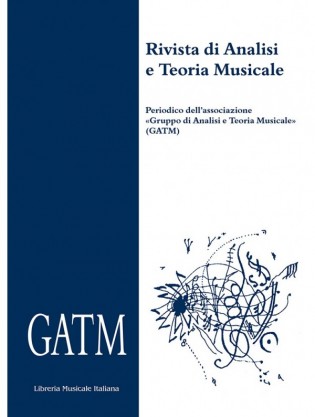 Visualizza ingrandito
Visualizza ingrandito
Le transizioni modali nella musica di Claude Debussy
| Autore | Domenico Giannetta |
| Collana | Rivista di Analisi e Teoria Musicale |
| Dimensioni | 17×24, pp. 134 |
| Anno | 2012 |
| ISBN | 9788870967098 |
Debussy’s musical language is based on the juxtaposition of different musical units each consisting of a limited number of pitch-classes, a situation that would seem to be ideal for an analytical approach based on PC-Set Theory. The presence of a definite reference pitch, however, shows the similarity of these units with known types of scale, and this interpretation seems the most appropriate for the specific language of Debussy. The transition from one unit to another is facilitated by the presence of one or more pitches, in common to both the modal systems, that work as a pivot, often in combination with some chromatic shiftings which make the transitional process easier and natural. The most surprising aspect, finally, is the way in which Debussy is able to combine this technique with the requirements of the tonality. The great variety of scales used, in fact, although considerably enriches the harmonic context, don’t preclude the presence of tonal functions. A double interpretation is always possible: the first is based on the modal system obtained by the pitch-classes present in a specific musical unit, while the second one takes into consideration the relationship established between the different units that reminds the traditional tonal syntax.

